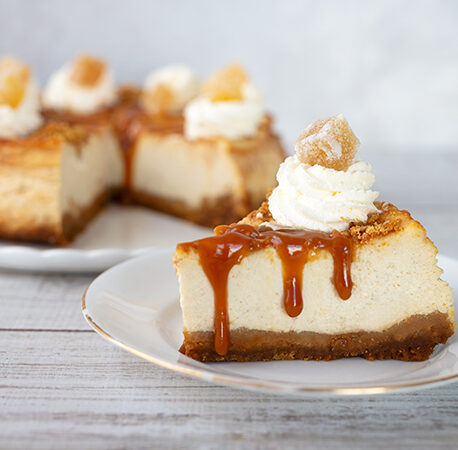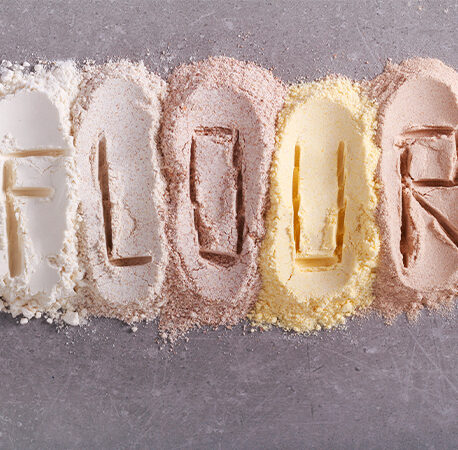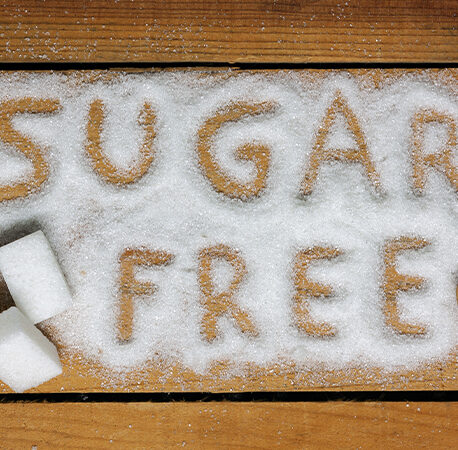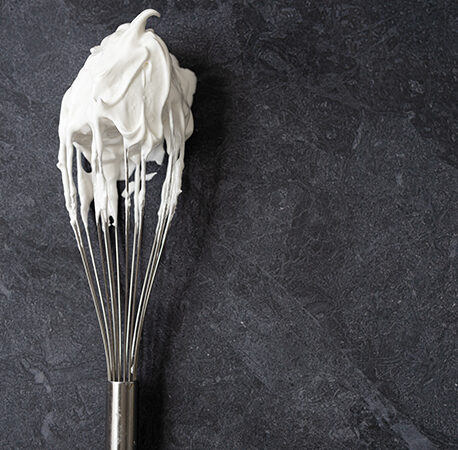Preparing a Christmas turkey can be intimidating, even for experienced chefs. If you’re worrying a bit, then the more you know in advance, the better off you’ll be. We spoke to expert local butcher Michael Fleming to find out what he thought the top turkey tips were…
Is it safe to freeze a turkey?
If your freezer is large enough, then yes, it definitely is. Just make sure that it is kept at -18oC. If the freezer is too crowded, that can potentially bring down the internal temperature, so it’s good to have a clear-out before the Christmas cooking comes around. This way, you’ll also have plenty of room to store leftovers.
What’s the best way to defrost a turkey?
The safest way to defrost a turkey is in the fridge. You’ll need to give it plenty of time to defrost fully — allot about 24 hours for every 2kg, so that’s about 3-4 days for a standard 6kg turkey. Keep it in a large tin to collect any juices, and place it at the bottom of the fridge so that it won’t drip down onto any other food. There are some methods out there for defrosting in cold water, but this really isn’t advisable as this can just cause bacteria to multiply.
Should I wash my turkey?
No, do not wash a turkey, or any other poultry for that matter. This is an old practice that people thought would rinse away bacteria, but it is actually more likely to spread bacteria around the sink and potentially splash onto the worktop. Any bacteria on the bird will be killed off as soon as it is in the oven, so there’s really no reason to rinse it.
Should the giblets be discarded, or is there a safe way to use them?
The giblets are a delicious addition to the gravy or the stuffing. Just roast or fry them off, then chop and add them into whatever dish you like. They add a gorgeous, rich flavour without being too overpowering.
Is it better to cook stuffing inside or outside of the bird?
It’s always best to cook the stuffing outside of the turkey, either in its own baking dish or rolled into stuffing balls. You need to kill the bacteria inside the cavity of the turkey, and this is more difficult to do when it is stuffed. In fact, food safety experts warn that, as the turkey around it cooks, juices that may contain salmonella bacteria soak into the stuffing, which then must be cooked to a minimum of 74oC in order to be safe. By the time the stuffing reaches this safe temperature, the turkey will likely be overcooked.
So, are there any work-arounds?
You can always stuff the cavity with aromatics to add flavour to the turkey. Add some halved lemons, garlic bulbs and onions, as well as bunches of herbs and plenty of salt and pepper. If you really want to stuff part of the turkey, add a bit of stuffing to the neck cavity.
How do I know how long it will take to roast my turkey?
Your butcher will be able to give you the best cooking advice for the turkey you choose, but a good base is to allot 20 minutes per pound, with an extra 20 minutes at the end.
How can I tell when my turkey is completely cooked?
Use a knife to pierce the area between the wing and the breast; if the juices run clear, the turkey is done. The best way to check is to use a meat thermometer in the thickest part of the thigh. It should read 75˚C when cooked.
How long will turkey and ham leftovers keep in the fridge?
They should last for about 3-4 days.
How long can the turkey sit out before carving?
I would recommend letting the turkey rest for at least 30 minutes before serving it, but it will sit happily covered with foil for up to one hour.
If you need any more tips, then we also spoke to another expert butcher, Dave Lang, who offered his tips. We also have a guide on what size turkey to choose!
- summer events
- small business
- gut health
- OATLY
- healthy
- Crudo
- top tips
- All Together Now
- fridge cake
- Events Waterford
- food festival
- Events Ireland
- me auld flower
- news
- dublin
- events Dublin
- dublin festival
- Home-Cooking
- food and drink festival
- online cooking course
- festival line-up
- cooking
- Summer festival
- eco-friendly
- Events
- cosy
- Festivals Ireland
- wine
- Body & Soul
- grapes
- music festival
- south africa






You have to be signed in to comment this post.